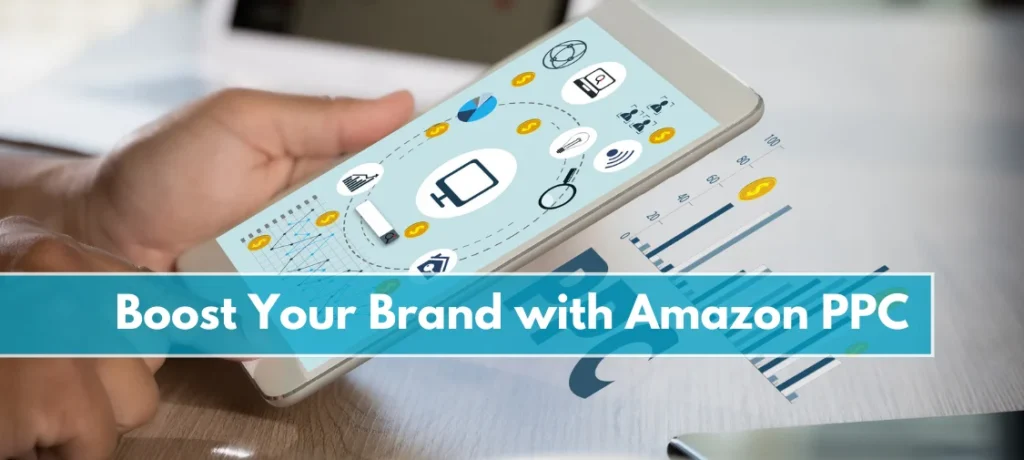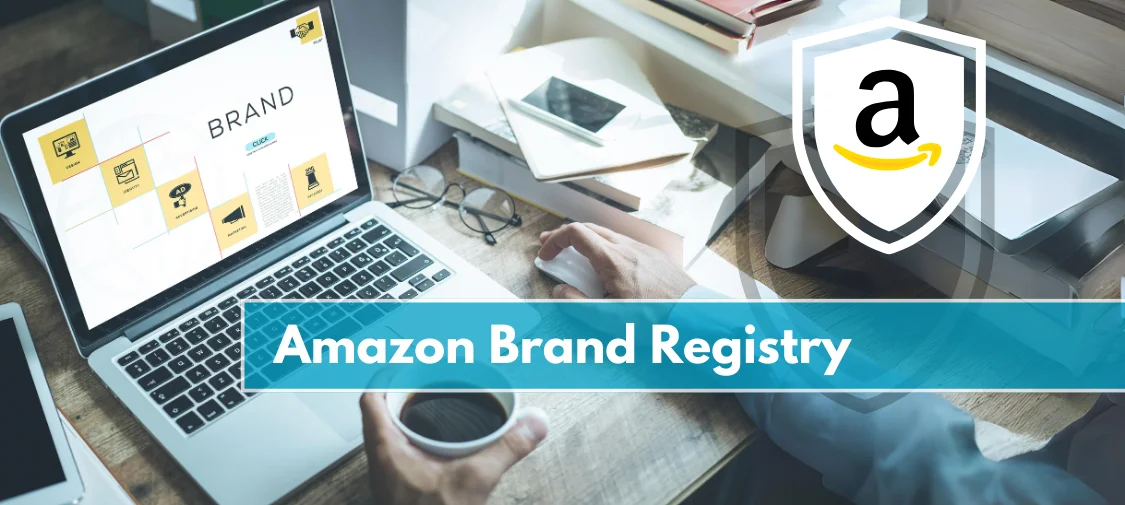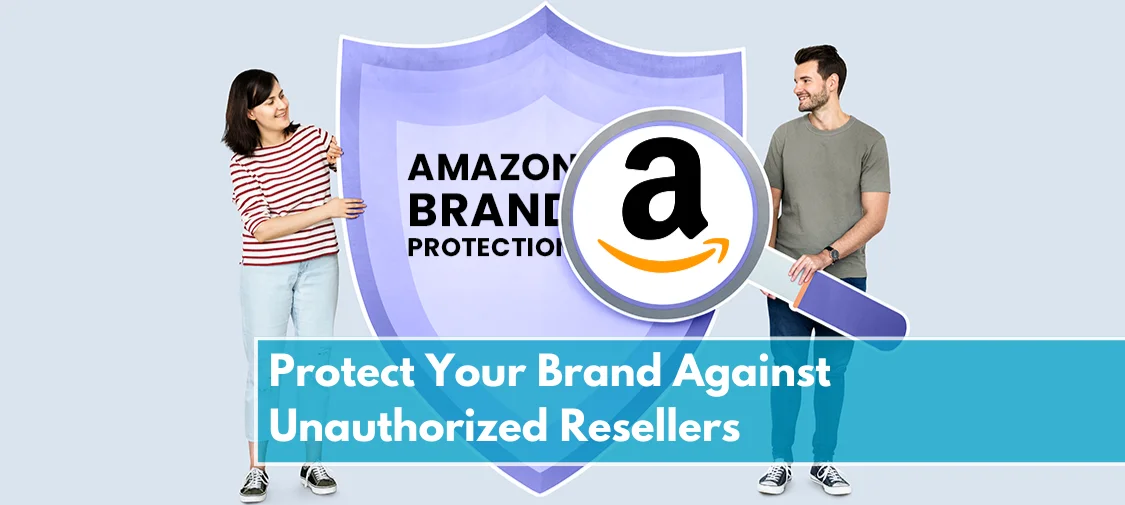Amazon
Win on Amazon: Boost Your Brand With An Amazon PPC Campaign That Converts!
It might take a lot of time to learn all the ins and outs of Amazon and manage your Amazon PPC campaign. Mastering the ever-changing landscape of tools, features, rivals, and processes while maximizing the return on investment for marketplace ads can be challenging. This constant flux and change can be intimidating for sellers at all levels of expertise.
One component of Amazon’s internal advertising system is the Pay-Per-Click (PPC) advertising. Advertisements for products can be created by companies, agencies, and third-party sellers using Amazon PPC campaigns. These ads can target specific keywords and display them in Amazon’s search results and rival product listings. In this approach, vendors may show Amazon shoppers the products that would best suit their needs just as they are making a purchase, and they can track the efficacy of their ads to see which ones are generating the most sales. Three-quarters of Amazon sellers across all categories use this Amazon PPC strategy to boost their sales because of its effectiveness.
Whether you’re a newbie or an established seller struggling with stagnant sales, this blog is what you need to learn about what is Amazon PPC, how it works, and all the benefits you can reap from running ‘effective’ Amazon PPC advertising campaigns.
What Is Amazon PPC Campaign?
One such auction-style paid ads platform is Amazon PPC advertising, which goes by a few other names. Brands and third-party sellers on Amazon can now purchase ad space for specific exact phrase keywords, allowing them to display promoted products alongside organic search results on the Amazon website.
Clicks, not impressions, are what Amazon PPC agency or advertisers pay for. This ensures that your ad will only appear in specific search results and that you will only pay for clicks. Such queries may occur hundreds—if not thousands—of times monthly, depending on the product’s popularity.
You may save money and stand out from the crowd by doing this. It’s also great for launching a new product when you have yet to have any reviews or sales.
Partnering with an expert Amazon PPC agency can help you in many ways, including:
- Differentiate yourself from the competition,
- Launch new products,
- Improve your product’s efficiency and visibility in search results
How does Amazon PPC Work?
Before delving further into Amazon PPC strategy, it is crucial to grasp the fundamentals of Amazon PPC advertising, including its features and how it operates.
Here is an example of how Amazon PPC works:
Step#1: A customer types “water bottle” into Amazon’s search bar.
Step#2: To find the best Amazon PPC advertising for the term “water bottle,” Amazon compiles all of them.
Step#3: The auction is won by the seller with the highest bid once they’ve bid on the keyword.
Step#4: Both the search results and the product detail pages on Amazon showcase the winning Amazon Sponsored Product ad.
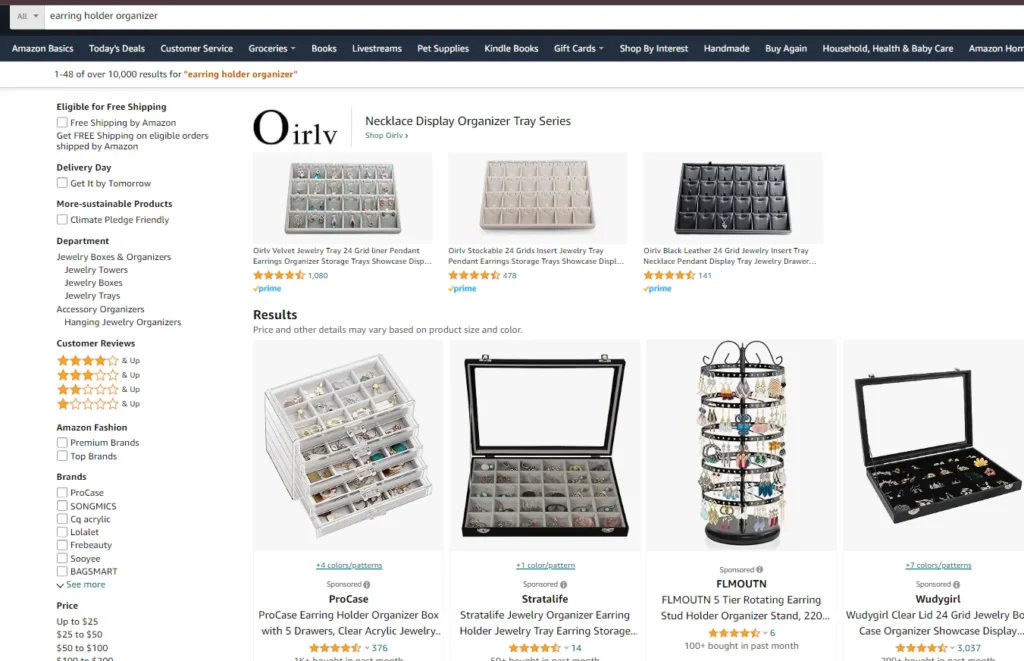
Example of Amazon-sponsored brand ad and Amazon-sponsored product ad for the keyword “earring holder organizer.”
Step#5: Sellers pay a tiny charge to Amazon whenever a shopper clicks on their ads.
Types Of Amazon Sponsored Ads:
Amazon offers three different ad types when you create your first pay-per-click campaign.
- Amazon Sponsored Products Ads
- Amazon Sponsored Brand Ads
- Amazon Sponsored Display Ads
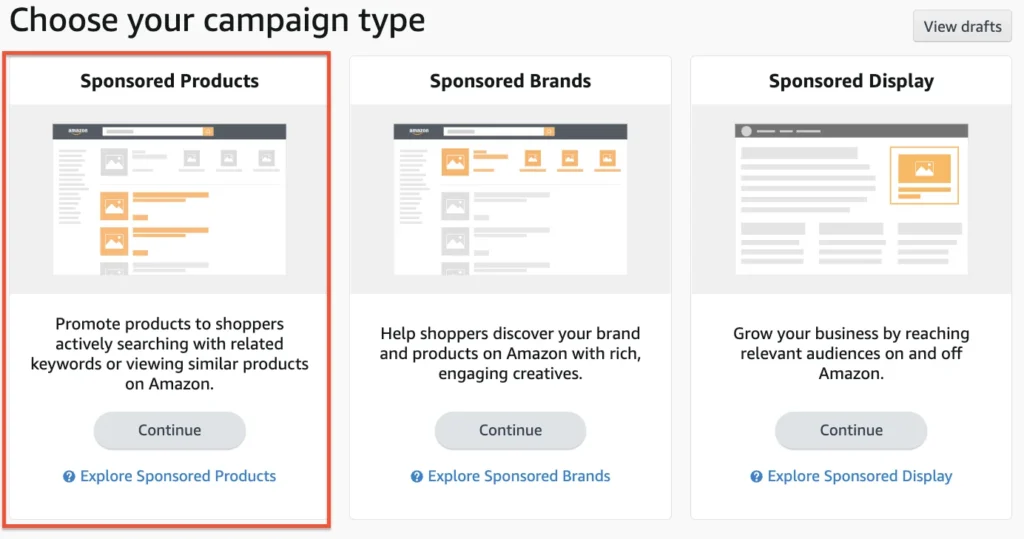
Amazon Sponsored Product Ads:
For Amazon, the most popular ad among sellers is Sponsored Product Ads.
The organic search results page, other pages within the results, and the product listing page are familiar places to see these adverts.

Amazon Sponsored Product Ad for relevant keyword: “face mask for cold weather,” on Amazon search results

Amazon Sponsored Product Ad under a relevant product listing of “face mask for cold weather.”
Amazon Sponsored Brand Ads:
Advanced Amazon PPC advertising campaigns, formerly called “headline search ads,” are available only to vendors and sellers who have registered their brands.
Businesses may boost their brand’s visibility and sales with the help of these ads, which feature imaginative product showcases on relevant Amazon shopping results.
Brand advertisements often comprise a logo, slogan, and a small selection of products from the brand and are displayed at the top, side, and bottom of Amazon search results.

Amazon Sponsored Brand Ad exhibiting brand’s “product collection.”

Amazon Sponsored Brand Ad exhibiting the brand’s “store collection.”

Amazon Sponsored Brand Ad demonstrating the product in a video display.
Amazon Sponsored Display Ads:
Sellers may interact with buyers through the purchase process using sponsored display adverts, which increases conversion.
These advertisements can appear on any website, including Google, Facebook, mobile apps, Amazon associate sites, and Netflix.
Remember that Amazon just released video ad creatives for Amazon Sponsored Display ads. With these, you may use eye-catching images to pique customers’ interest in your products on and off Amazon.
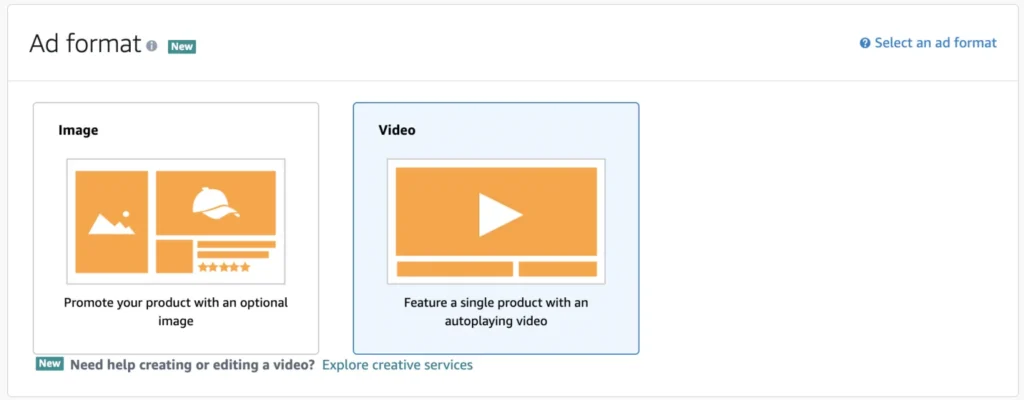
Type of formats Amazon offers for running Amazon Sponsored Display Ads on the platform.
Why Is Amazon PPC Campaigns Important For Sellers?
Here are some staggering statistics regarding Amazon in case you are still on the fence about Amazon PPC Ads:
- Product searches on Amazon were 54% higher than those on Google (46%).
- Online searches for products on Amazon account for 90% of all product views.
Thus, when searching for products, Amazon has surpassed Google. You guessed it: Amazon lets you advertise to those “Ready-to-buy” customers actively looking to buy. Nearly three-quarters (70%) of Amazon customers always stay on the first page of results.
As more and more Amazon sellers take advantage of this opportunity, the competition heats up, CPC (Cost Per Click) increases, and profitability decreases.
So, if you want to join the Amazon PPC advertising fray and get a leg up on the competition, now is the time to do it.
Tips On Developing Effective Amazon PPC Strategy:
Choose Wisely Between Automatic Vs. Manual Campaign:
Converting Amazon PPC campaigns from automated to manual is an excellent method. You may increase the ROI of your Amazon PPC ads by shifting and evaluating keyword performance and identifying the wrong keywords.
Let Amazon’s algorithm choose appropriate keywords and handle bidding with an autonomous Amazon PPC campaign. After you have collected enough data, look at the search term report to see which terms are doing well and what you can learn from them.
With this data, you can switch to a manual campaign and manage your Amazon PPC Ads however you like. This method allows you to zero in on specific keywords or client categories, adjust bids depending on performance, and fine-tune your targeting.
Do Thorough Keyword Research Using the Tools:
A little extra knowledge is never a bad thing. Keyword research is the key to the flawless implementation of Amazon PPC strategy. You can use different keyword research tools to extract relevant keywords for your Amazon PPC campaign.
Some of the free keyword research tools for Amazon include:
Paid tools such as the ones below can provide more detailed and accurate keyword research specific to your Amazon PPC campaign:
Apart from relevant keywords, it is highly recommended that marketers highlight the negative keywords for the campaign. Including these keywords in your Amazon PPC strategy can help avoid ads appearing for searches irrelevant to your product or brand.
Regularly Monitor Your Amazon PPC Campaign
Maintain a regular schedule of checking in with your Campaign Manager. Find out which keywords bring in the most money and are losing you. You may make educated judgments to change your results by observing the metrics indicated before.
Pay close attention to these areas during these check-ins to determine when to make changes based on data and when to improve. If you want better results from your Amazon PPC campaign, check its health and assess the prices.
Plan Ads That Promote More Products At Minimum ACoS
One way to save money on Amazon PPC ads is to combine similar products and run them in a single campaign. Consider sorting things according to price rather than quantity.
Products with comparable prices have an overall ACoS near their values. Although the two lower-priced items in the group contribute to the overall ACoS, adding a higher-priced item can increase it.
You may easily manage the ACoS and regulate your ad expenditure by creating a separate campaign for the most expensive ASIN/variant and product.
However, ACoS is affected by both product pricing and the conversion rate. In addition, the number of clicks needed to purchase a product could vary widely, impacting conversion rates and, by extension, ACoS.
It makes sense to lower your cost by combining products with comparable ACoS into one PPC campaign on Amazon.
Partner With Experts For Efficiency
Managing listings and implementing Amazon PPC strategy on your own may seem cost-efficient. Still, in the long term, ineffective campaigns and advertising costs can eat into your profit margins more than hiring a professional Amazon PPC agency would cost.
Using professionals to meet Amazon’s rigorous listing standards is a more pragmatic and convenient approach to optimising your listings. In addition, with the assistance of a proficient Amazon PPC agency, like Prime Retail Solutions, you can formulate a comprehensive and precise Amazon PPC strategy tailored to your brand, resulting in increased sales.
Ready To Launch Effective Amazon PPC Campaigns?
One effective Amazon PPC strategy for increasing clicks and sales on Amazon product pages is to use Pay-Per-Click ad targeting. Before you start your Amazon PPC campaign, though, you should familiarize yourself with the basics. Select your keywords wisely, allocate sufficient funds, and carefully monitor your Amazon PPC campaign to make adjustments as necessary.
Adjust your Amazon PPC campaigns; remember that it takes time for them to get traction. Finally, feel free to try new things until you discover an Amazon PPC advertising approach that works for your expanding firm!
Share

